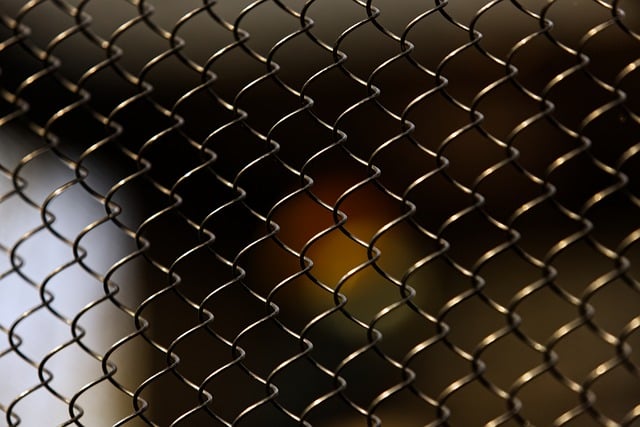It is true that most people rarely think about fences. Many people do not even know the difference between security fences and garden fences. They only have to think about fences when they are looking to secure their industrial or commercial property.
It is difficult to select the best fence for a property. In fact, many people do not know the factors to consider when selecting the perfect fence. So, if you, too, do not know how to select the best fence for your property, you have come to the right place.
In this article, we will share the most important things to consider when selecting a security fence for your property.
In the UK and need further assistance? Contacting a reputable, local security fence installer can help install the right security barriers in UK for your property.
The Height of Your Fence
You have to consider the height of your security fence. The height sets your security fence apart from ordinary demarcation fences.
The greater the height, the more challenging it will be for intruders to breach. So, your security fence should be 6 or more feet tall.
Security fences are usually between 8ft and 10ft. However, a security fence should be 14 or more feet for high-security buildings, including prisons.
Fence Structure
The fences of many residential buildings are lightweight. Why? They are not for exclusion or security purposes. Instead, they are intended for privacy and demarcation purposes.
These fences are mostly designed from wood or vinyl. But if they are metal fences, the thickness of the pipe wall and the diameter of the mesh wire are usually lower. That is why they are affordable.
However, they do not enhance the security of the property.
Therefore, you have to consider the diameters and wall thicknesses when selecting your security fence. If you find a lightweight security fence, ask if the fence is intended for commercial or industrial use.
Remember, it is expensive to repair and maintain a lightweight security fence over the long term. So, you may end up spending more money in the long term.
Security Above Below
Do not just focus on the look of the security fence. You should, instead, focus on what is above and below.
If an intruder can use a ladder to climb or access your security fence, then you may need extra security measures. For example, you can add razor coils, spikes, or barbed wire (check if your local government permits them).
It is also a good idea to install electronic monitoring.
You will also have to check the bottom section of your security fence. If intruders can lift the mesh or dig below, then your security will be compromised.
You can install your security fence on a hard surface and add a bottom rail to your fence. And if you want to prevent digging, you should consider under-fence security options.
It is vital to strengthen the under and upper parts of your security fence.
Crash Rated Fence
Intruders can use vehicles to break security fences. That is why you have to limit access to your property by vehicles.
The posts of conventional fences are 10 inches apart from each post. In addition, some of them do not even feature concrete footings. It is, therefore, easy to use a large or even moderately sized vehicle to break these fences.
Want to boost the efficacy of your security fence? You have to increase the size of concrete footings, increase the number of posts and reduce the space between these posts.
If your posts are made from high-quality steel and your plant them in heavy-duty concrete and positioned them close to each other, then they can bar a vehicle. So, your security fence will prevent determined intruders from breaking into your property.
You can even select a crash-rated fence. It cannot prevent damage. But it can slow down or even prevent break-ins.
Final Thoughts
Remember, electronic security systems, walls, and even security fences are not infallible. You can implement these tips to enhance the functionality of your security fence and make your security fence more secure.

